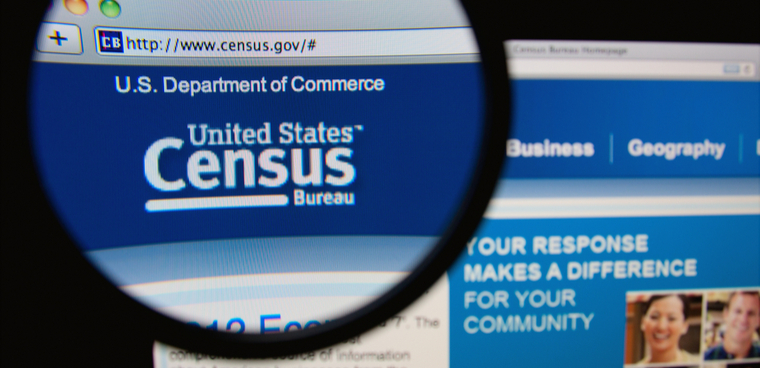Census Bureau: Tests show tech is saving time and money

While the agency is facing multiple challenges to operations for the 2020 population count, officials said the use of tech to obtain responses from U.S. residents and carry out enumerations on the ground will pay dividends.

While the Census Bureau faces multiple challenges to operations for the 2020 population count, officials said the use of tech to obtain responses from U.S. residents and to carry out enumerations on the ground will save time and money.
At an Oct. 19 quarterly update, Al Fontenot, associate director of the decennial census program, said the average enumerator completed 1.56 cases per hour worked; the 2010 average was 1.05 per hour.
This productivity increase "more than offset the staff shortage," Fontenot said, referring to the fact that low unemployment is making it difficult for the bureau to hire temporary workers for the 2020 population count. Census only hired 735 enumerators for recent end-to-end tests, when the goal had been 1,049.
While the results were encouraging, he said, Census will not "depend solely on productivity increases to offset low unemployment numbers throughout the nation, and we need to encourage applicants in other ways."
Internet self-reporting, an option available for the first time in 2020, surpassed expected responses on the test. More than 61 percent of respondents chose the internet option, compared to the 31 percent who responded through the traditional, paper forms.
Atri Kalluri, chief of the bureau's Decennial Information Technology Division, said 42 of the 44 systems needed for the 2018 test have been deployed, and the remaining two support the tabulation operation and have a Jan. 7, 2019, release date. Kalluri said the systems issues that surfaced during the test include data integration between systems, and making sure additional testing and preparation phases take place between now and 2020.
Amid the unprecedented reliance on technology and concerns over the inclusion of a citizenship question, the bureau has also released a new Disclosure Avoidance System based on differential privacy. The goal of the system, said Simson Garfinkle, Census’ senior computer scientist for confidentiality and data access for the associate directorate for research and methodology, is to ensure respondent data is protected and published accurately.
"When we started this project in 2017, there was no off-the-shelf system for applying differential privacy to a national census," he said. "Ours will be the first such implementation in the world."
Still looming over census operations is the fate of ongoing litigation surrounding a controversial question asking respondents to report on their citizenship – included for the first time since 1950. The origin of the question, and the truthfulness of Commerce Secretary Wilbur Ross on that matter, is a developing story.
After denying to Rep. Grace Meng (D-N.Y.) during a March 20 congressional hearing that he had spoken with anyone from the White House about adding the citizenship question, new court documents filed by the Department of Justice state Ross now "recalls" speaking with then-White House chief strategist Steve Bannon.
As it stands, the Trump administration has filed a reply brief with the Supreme Court, which will rule on whether the lower court-ordered deposition of Ross will stand. The first potential trial over the citizenship question is scheduled to begin at the U.S. District Court for the Southern District of New York Nov. 5.


